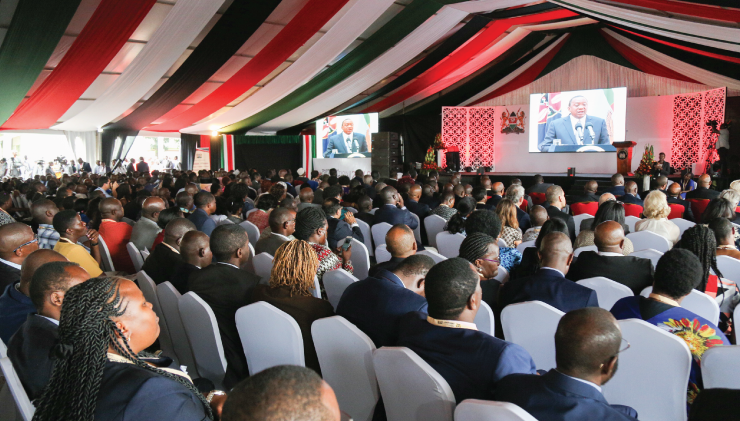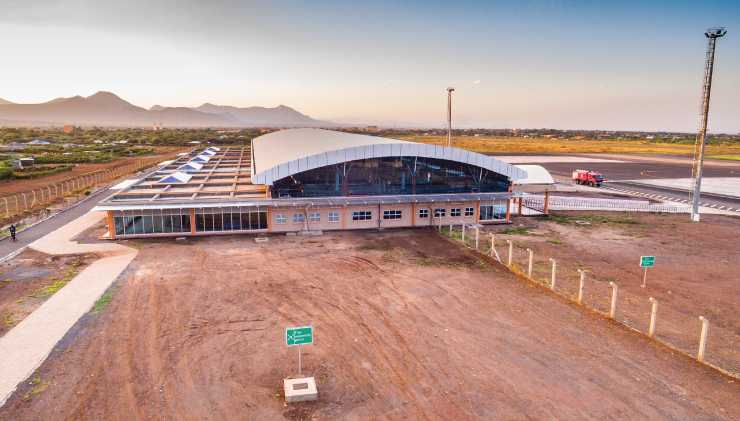



The priority sectors under the Medium Term Plan 1 and 2 have targeted to raise the national GDP growth rate to 10% by both 2012 and 2017 respectively. These sectors have been supported by the enablers which included energy, infrastructure, Human Resource Development (HRD), Security, Information Communication Technology (ICT), Science, Technology and Innovation (STI). Oil and mineral resources were introduced as the 7th sector in the Second MTP. .
The MTPs 1 & 2 have focused on the implementation of policies, programmes and projects to ensure that they contribute towards prosperity and building a just and cohesive society that enjoys equitable social development in a clean and secure environment. This quest has been the basis of transformation in the eight key social sectors that include education and training; health, water and sanitation; the environment; housing and urbanization as well as in gender, youth, sports and culture. It has also makes provisions for Kenyans with various disabilities and pays due attention to previously marginalized communities. .


The strategy for governance and the rule of law has been focused on rebuilding confidence among Kenyans that their access to justice is guaranteed by law. Electoral disputes as well as other types of disputes are now being resolved through legally-provided channels. Moreover, structures have been to be put in place to ensure that Kenyan citizens participate in free, fair, credible and decisive elections as is their democratic right. Finally, the objects of devolution are now outlined in Article 174 provides the basis for Kenya’s system of devolved government and framework pursuant to which relevant laws for the operationalization of county governments has been developed..
The medium term macroeconomic framework has been consistent with Kenya Vision 2030 and has been aimed at putting the economy on a high growth path, to ensure that the double digit growth we are aiming for will be realized. The effectiveness of the framework is supported by the policy, legal, institutional, and structural reforms that are being implemented by the government to enhance macroeconomic stability, improve business environment and ensure transparent and accountable use of public resources. Employment creation has been a key component of the overall strategy to contribute to the socio-economic objectives of tackling poverty and income inequality..
